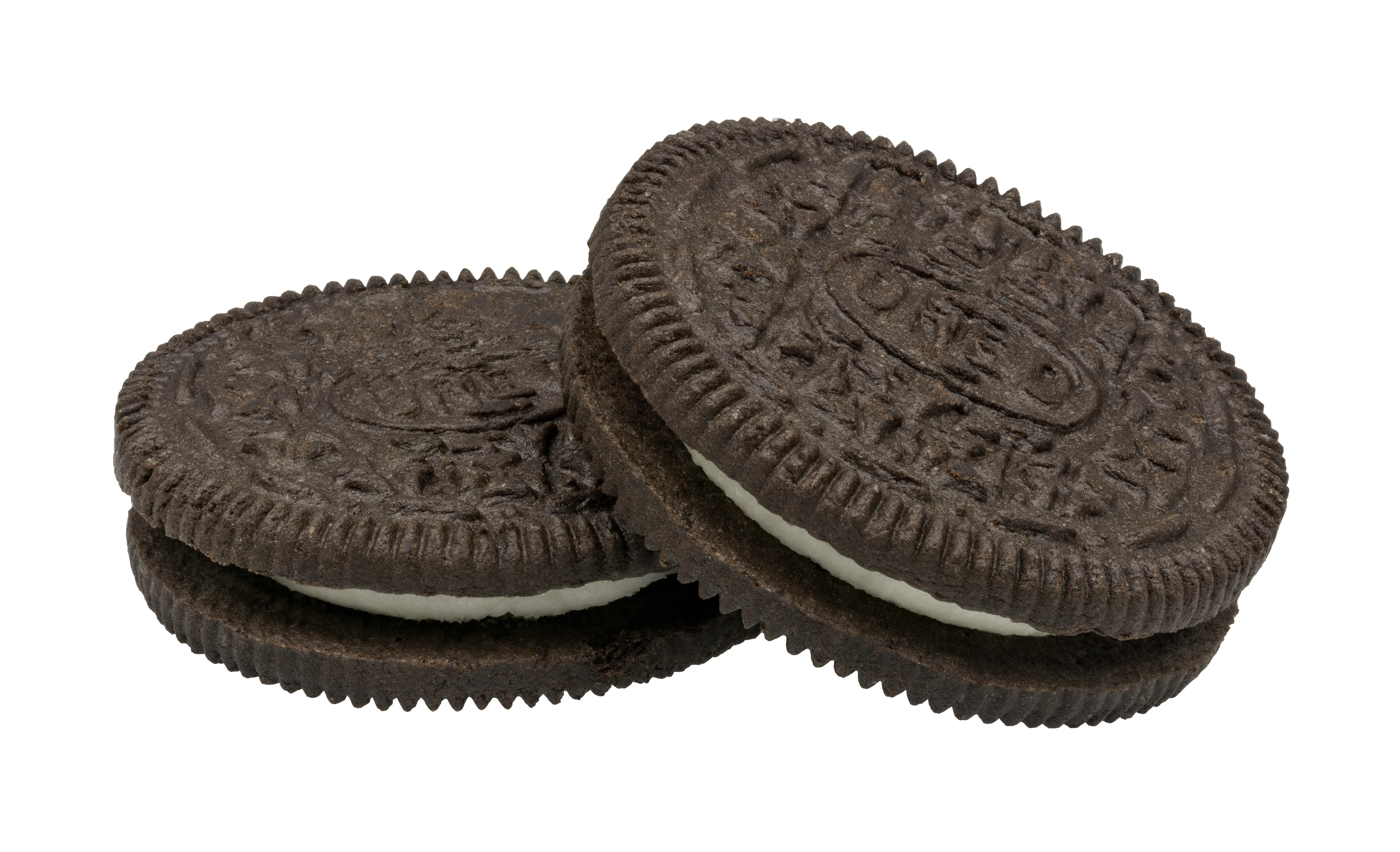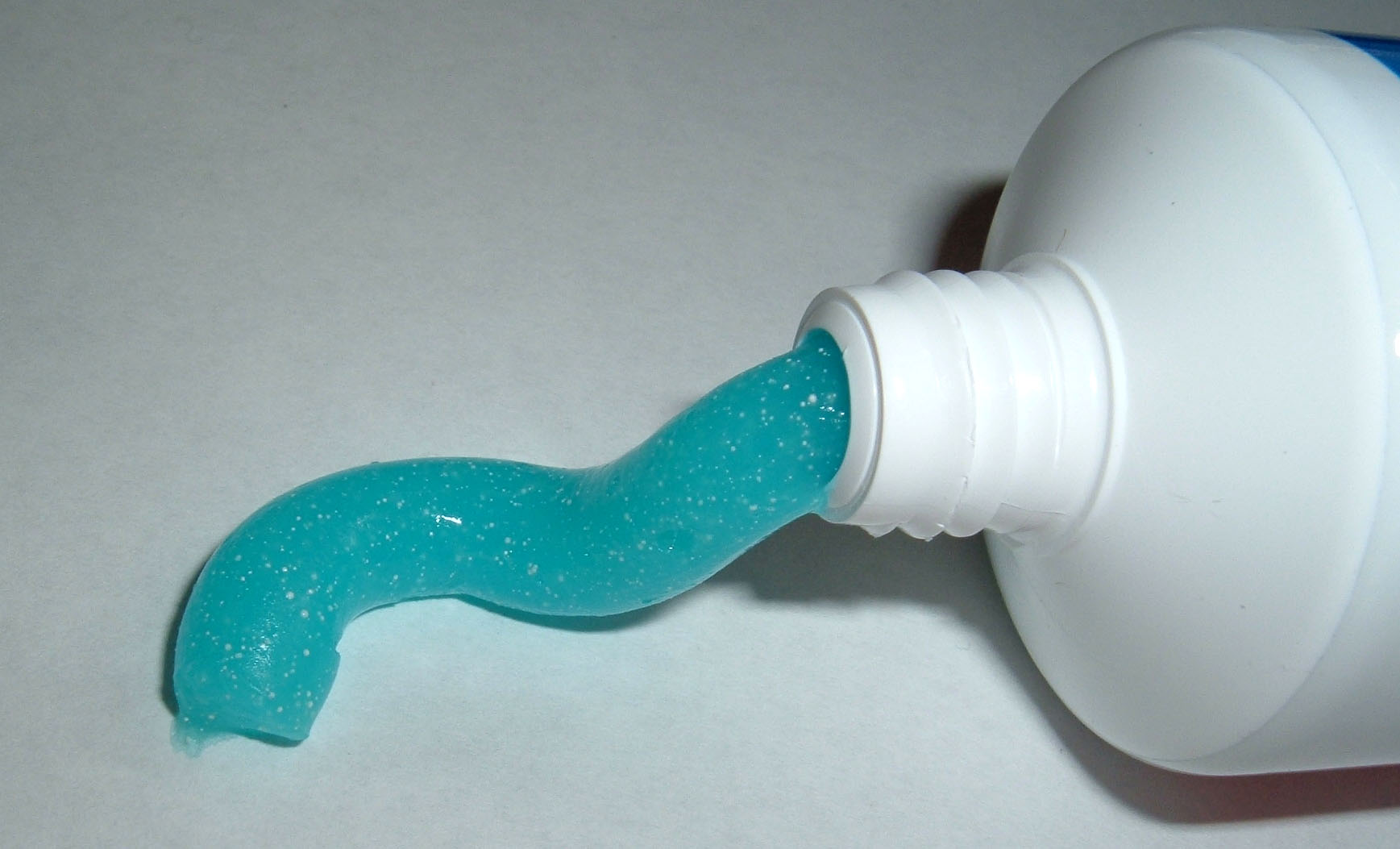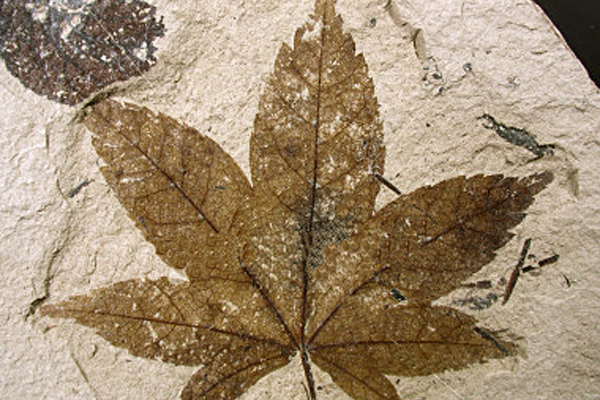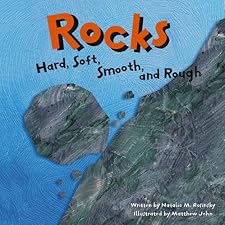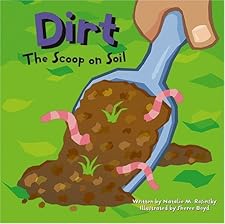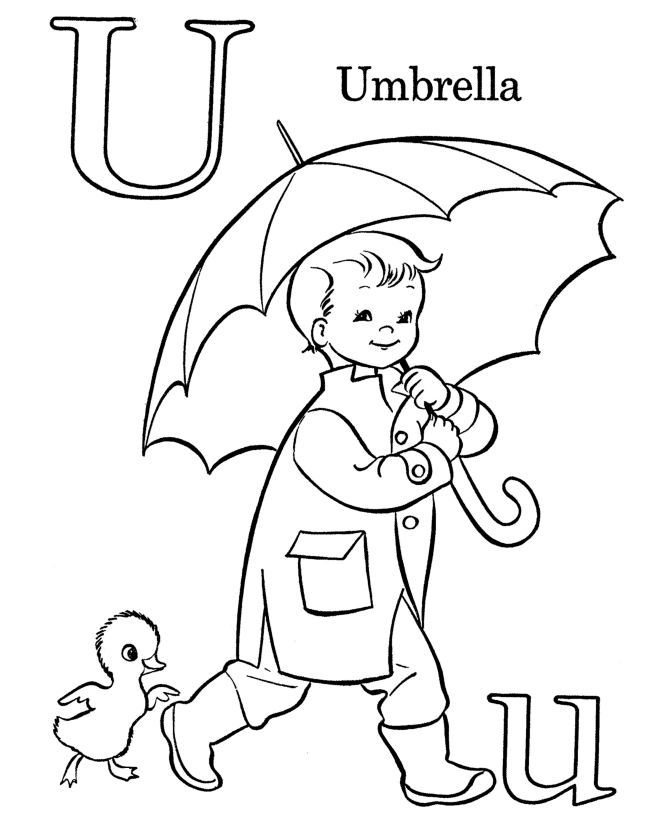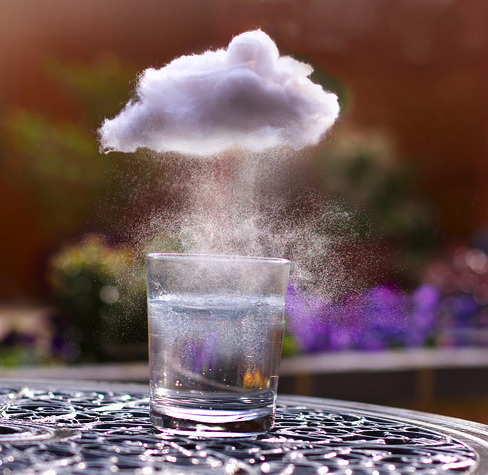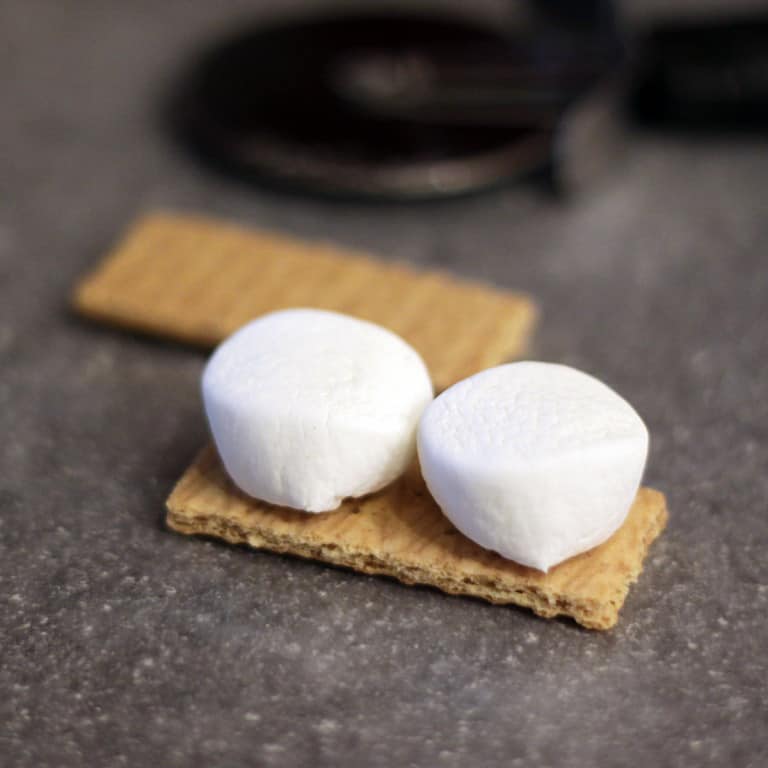CIRCLE TIME
Healthy Teeth Activity
Draw a large smile on butcher paper. It needs to be an "open mouth" smile for this activity. Use regular white index cards for the teeth. Cut out pictures from magazines or the internet of healthy and sugary foods. Tape them to the back of the index cards. Tape the index cards to the smile to look like a mouth full of teeth. Place 2 boxes, 1 with a smiley face and 1 with a frowny face, on the floor or table in front of you. Hang the Smile up in the circle time area.
Ask the children to smile really big and look at each others teeth. Our teeth are bone-like objects in our mouths that help us chew up our food. In order to keep our teeth healthy and strong, we must take care of them. Eating sugary foods, like cookies and candy, can cause damage to our teeth. Sugar sticks to the teeth and can cause them to become weak. When that happens, they can break. We can keep that from happening by brushing and flossing our teeth everyday. Brushing our teeth is a lot like washing our hands! It helps to keep us healthy.
Ask a child to remove a tooth from the smile. On the back is a picture of food. Is the food good for your teeth or bad for your teeth? Have the child place the tooth in the correct box. Talk about what makes the food good or bad. Then continue with the rest of the children and the remaining teeth.
CLEAN TEETH ACTIVITY
Chew Test
Collect a few different foods they can taste. Provide some apple chunks, carrot sticks, and oreo cookies or chocolate graham crackers. Make sure there are mirrors available. Have the kids eat a cookie and then look at how dirty their teeth are. Eeeewww!! Then have them drink a little water and eat a carrot or apple. Now look at their teeth. Much cleaner, right?
This is a great example of how non-sugary foods can be much better choices to help keep their teeth healthy!
LETTER: A a for AppleA is for Apple! Apples are a healthy snack for your teeth and your body. Talk about the sounds that A makes. Print the color sheet below. Have the kids trace the letter with their finger and then a color. Color the picture.
http://first-school.ws/t/alpha1/a.htm
READING
This week we will work on ot and og and the short O sound.
On starfall.com: og and ot
On readingbear.org: short "o" sounds
The fun activity for this week will involve plastic drink cups. It is best to make the first letters all one color, say red, and the ot and og part of the word in another color, say blue.
You will make an ot cup and an og cup. Then make cups for beginning letters of D, F, G, H, J, L, N, and P. Discuss the different sounds that the letters on each cup makes. Begin with the ot cup. Have everyone say "ot". Place the D cup in front of the ot cup. Ask a child to say the D sound. Now read ot. Put them together! You can continue this through the rest of the sounds.
SCIENCE
How Can Foods Stain Our Teeth?
Materials Needed:
4 eggs
4 clear cups
Cola
OJ
Vinegar
Present the eggs to the kids and compare them to your teeth. They are similar in texture and the same color. Explain that the foods and drinks we ingest can stain our teeth and we are going to demonstrate with the eggs. Place 1 egg in a cup and cover it with water. This is our control. This egg will not change colors. Place another egg in a cup and cover it with cola. What color do you think this egg will turn? Place the 3rd egg in a cup and cover with vinegar. We already did this experiment at Easter, so see if they remember what happened to the egg. Place the final egg in a cup and cover it with the orange juice. Do they think this egg will turn colors?Leave the eggs alone for the day. You can check back a few times to see what is going on. After 24 hours, you should begin to see some color changes. Talk about the changes and what might have made the changes happen.
Brushing your teeth regularly can keep this staining from happening!
MATH
Tooth Counting
For this activity we will use playdough and playdough mats.
Math Mats - Teeth
Print out the above mats and laminate for best results. Give the kiddos white playdough (you can make your own by going here.) Ask them to make the number of teeth listed on the nose of the face and place them in the mouth. These can be very funny! This is a great way to practice counting while also doing a Teeth activity!
You can also do this same activity on another day using mini-marshmallows or slivered almonds.
COMMUNITY
Dentists
Dentists are the doctors who take care of our teeth. We visit the dentists every year for a checkup (or to make sure our mouth is healthy) just like we visit the doctor for the same reason. The dentist will look into your mouth and make sure that all of your teeth are healthy. If they find any teeth that aren't healthy, they will need to fix them. Getting a filling doesn't hurt, but it is best to try to not need any. The best way to do that is to eat healthy foods and brush and floss your teeth everyday.
BOOKS
 on Amazon:
on Amazon:http://www.amazon.com/Berenstain-Bears-Visit-Dentist-Prebound/dp/0812429729/ref=sr_1_1?s=books&ie=UTF8&qid=1367003001&sr=1-1&keywords=berenstein+bears+visit+the+dentist
"Sister Bear watches Dr. Bearson fill Brother Bear's small cavity. Then it's her turn in the chair to have a dangling baby tooth removed. An entertaining story for preschoolers of a cheerful and informative visit to a dentist. "
 on Amazon:
on Amazon:http://www.amazon.com/Brush-Your-Teeth-Please-Pop-Up/dp/B00BR9YU6S/ref=sr_1_1?s=books&ie=UTF8&qid=1367003068&sr=1-1&keywords=brush+your+teeth+please
"What child can resist imitating a chimp brushing its teeth back and forth? Or a shark that flosses every day? Youngsters will have lots of fun learning about proper dental hygiene in this delightful pop-up book. "
ART
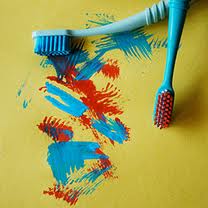 Toothbrush & Floss Painting
Toothbrush & Floss PaintingMaterials Needed:
Construction Paper OR Butcher Paper
Toothbrushes
Floss
Paints
Provide paints, paper, a toothbrush and a strip of floss to each child and let them go crazy! Being allowed to paint with unusual objects makes it more interesting.
CRAFT
Toothbrush Craft
Materials Needed:
Construction Paper
Tissue Paper
Glue
Cut a toothbrush shape out of the paper. Provide squares of tissue paper and glue and allow the kids to fill in the bristly part of the brush with the tissue paper.
MUSIC
Got my toothpaste, got my brush,
I won't hurry, I won't rush.
Making sure my teeth are clean,
Front and back and in between.
When I brush for quite a while,
I will have a happy smile!
I won't hurry, I won't rush.
Making sure my teeth are clean,
Front and back and in between.
When I brush for quite a while,
I will have a happy smile!
COOKING
Smile Pizza!
Ingredients:
Bagels (thin work best!)
Pizza Sauce
Cheese Sticks
Cut each half of the bagels in half to make a half moon (smile). We used the thin bagels so they would be less bread-y! Allow the kids to spread pizza sauce on their smile. Cut the cheese sticks into small tooth-like bits. I cut the stick in half lengthwise and then into small chunks. Allow the kids to add teeth to their smiles! Bake in a 400º oven for about 5-7 minutes.
MOTHER'S DAY CRAFT
Craft Stick Frames
Materials Needed:
 Craft Sticks (like popsicle sticks)
Craft Sticks (like popsicle sticks)Paint
Stickers
Ribbons
Googly Eyes
Sparkles
Heart stickers
Etc.
Craft Glue
Picture of the Kids
Glue the sticks in a square shape with the center open for the picture to show through. Allow the kids to decorate the frame using whatever materials you have. When done and dry, place the picture in the frame and let the kids take them home for Mommy's Day gift!


